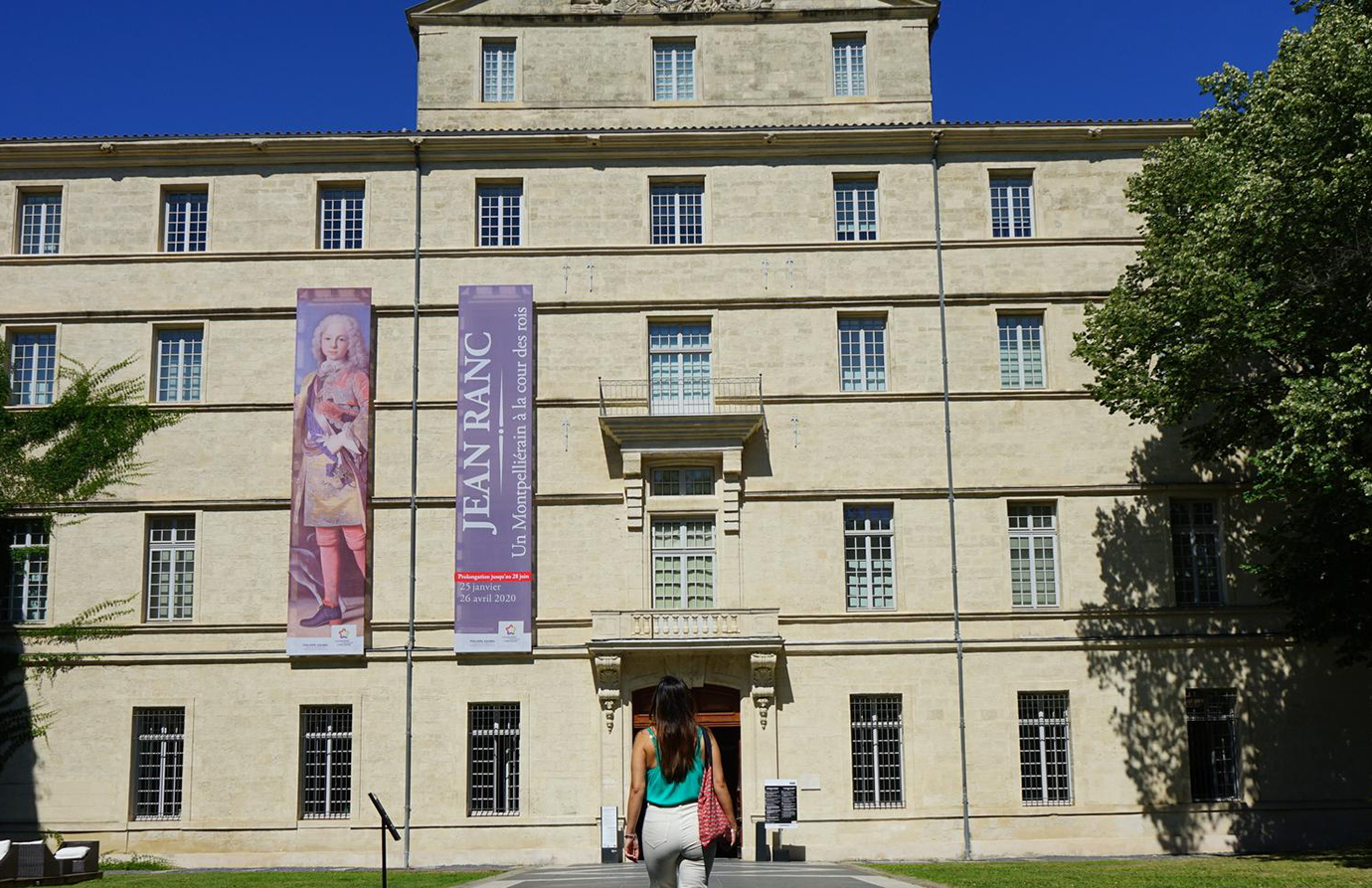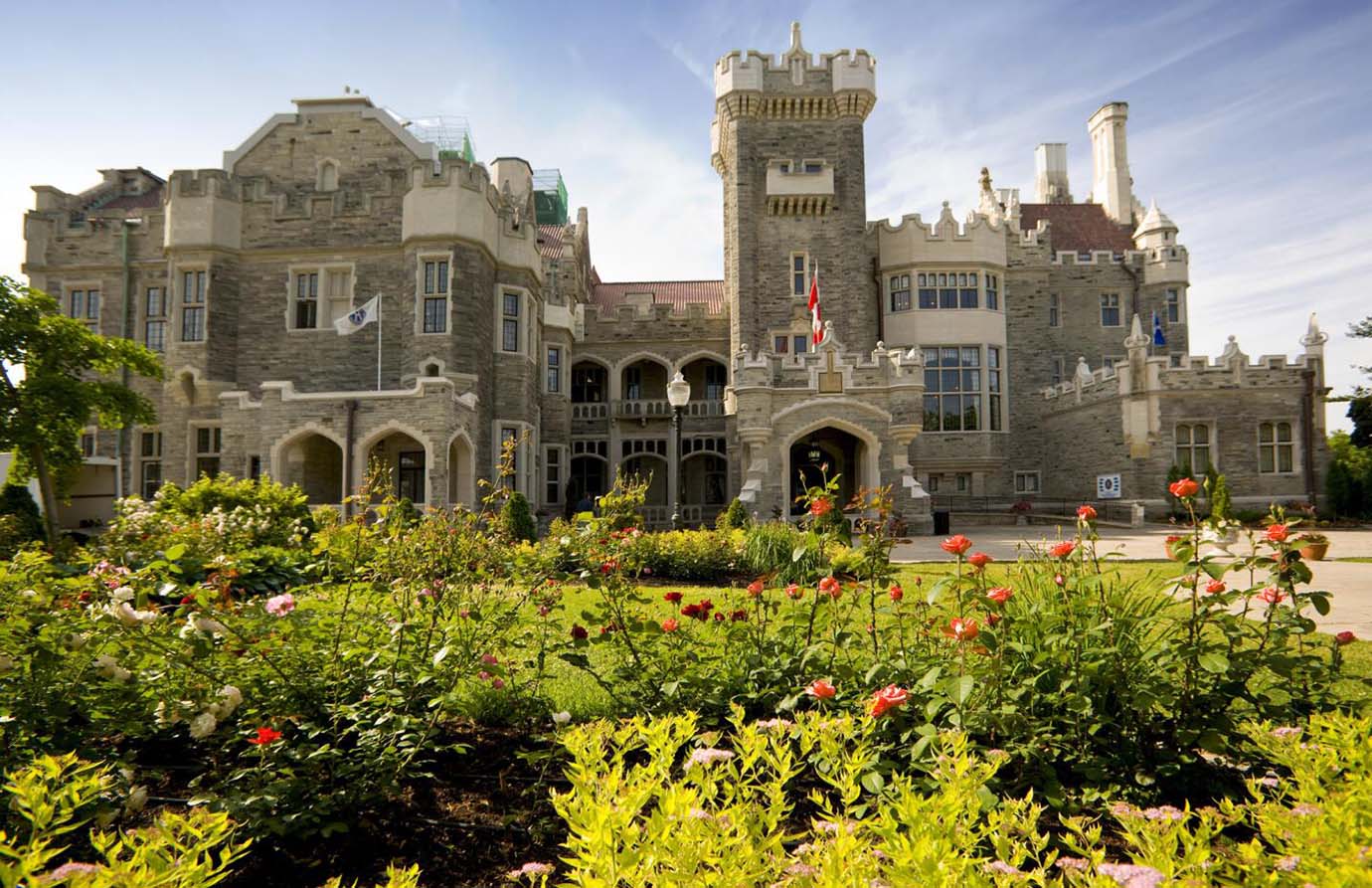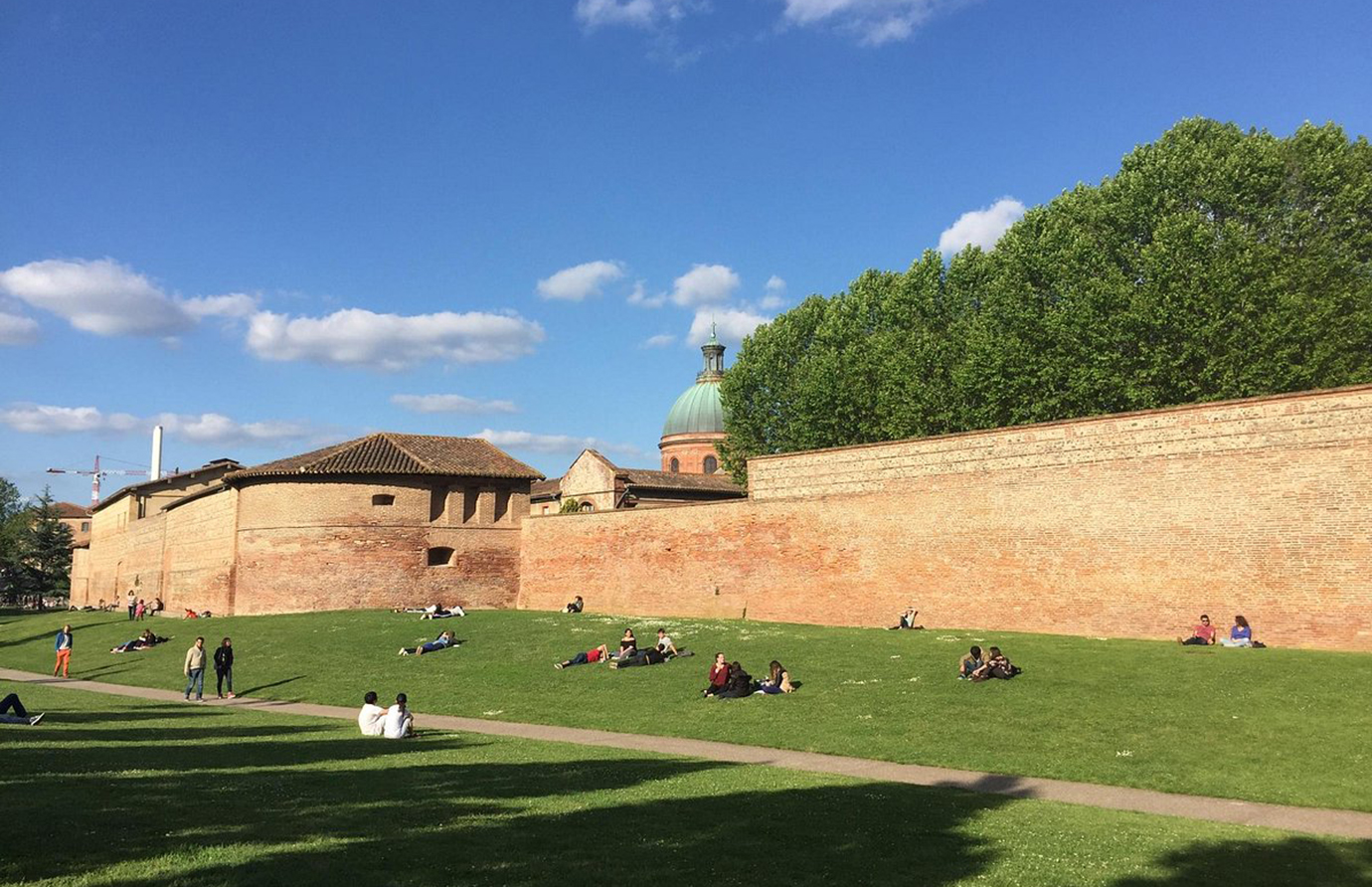Montpellier, a city renowned for its historical charm and vibrant culture, is also a hidden gem for art enthusiasts. With a blend of classical and contemporary collections, the city offers a treasure trove of artistic experiences waiting to be discovered. I’ll take you on an immersive journey through Montpellier’s most captivating galleries and museums. I’m thrilled to share my detailed encounters with four standout institutions, highlighting my favorite artworks, providing practical visitor information, and offering personal insights into each experience.
1. Musée Fabre: A Classical Treasure Trove
Nestled in the heart of Montpellier’s historic center, the Musée Fabre is a grand testament to the city’s rich artistic heritage. Founded in 1828, this museum houses an extensive collection of European art spanning from the Renaissance to contemporary works. The building itself is a masterpiece, with its neoclassical facade and opulent interior making it a fitting home for the museum’s treasures.
My Experience:
Walking into the Musée Fabre felt like stepping into a grand gallery straight out of a historical drama. The sheer scale of the collection is awe-inspiring, and each room offers a different era and style, showcasing works that range from the divine to the dramatic.
Favorite Works:
“The Entry of Christ into Jerusalem” by Giambattista Pittoni
- Description: This 18th-century painting captures the dramatic moment of Christ’s entry into Jerusalem with breathtaking detail and vibrant colors. The use of light and shadow brings an almost theatrical quality to the scene.
- Personal Insight: I found myself utterly captivated by the way Pittoni’s brushwork creates a dynamic and immersive atmosphere. It’s like witnessing a grand performance frozen in time.
“The Three Graces” by Raphael
- Description: Raphael’s delicate portrayal of the Three Graces radiates elegance and harmony. The graceful poses and serene expressions of the figures make this work a true gem of Renaissance art.
- Personal Insight: Standing before this masterpiece, I felt an overwhelming sense of tranquility and admiration for Raphael’s ability to encapsulate beauty and grace in a single frame.
“Portrait of a Lady” by Élisabeth Louise Vigée Le Brun
- Description: This striking portrait by the renowned female artist Vigée Le Brun showcases her exceptional skill in capturing the subject’s personality and poise.
- Personal Insight: The detail in the fabric and the subject’s expressive gaze left a lasting impression on me. It’s a powerful reminder of the artist’s talent and the significance of female artists in history.
Recommended Works:
“The Death of Sardanapalus” by Eugène Delacroix
- Description: Delacroix’s dramatic and emotionally charged painting depicts the tragic end of the Assyrian king Sardanapalus. The intense colors and dynamic composition create a powerful visual impact.
- Recommendation: For those who appreciate Romanticism, this work is a must-see. Its dramatic flair and historical narrative offer a gripping viewing experience.
“The Young Martyr” by Paul Delaroche
- Description: This evocative painting portrays the martyrdom of a young Christian girl with poignant detail and emotional depth.
- Recommendation: Delaroche’s ability to convey intense emotions through his work makes this painting a compelling example of historical and narrative art.
“Landscape with the Sacrifice of Isaac” by Nicolas Poussin
- Description: Poussin’s landscape painting, which includes the biblical story of Isaac, showcases his mastery of classical composition and dramatic storytelling.
- Recommendation: For lovers of classical landscape painting, Poussin’s work is an exemplary study of balance and narrative in art.
Visitor Information:
- Opening Hours: Tuesday to Sunday, 10:00 AM – 6:00 PM. Closed on Mondays.
- Admission: €8 for adults; €6 for seniors and students. Free entry on the first Sunday of each month.
- Discounts: There are various discount options for groups and families. Check the museum’s official website for up-to-date information.
- Location: 39 Boulevard Bonne Nouvelle, 34000 Montpellier.
- How to Get There: From Montpellier’s main train station, Gare Saint-Roch, take Tram Line 1 to Place de la Comédie, then a short 10-minute walk.
My Recommendation: The Musée Fabre is a must-visit for anyone interested in classical art. The museum’s grandeur and the quality of its collection make it a highlight of Montpellier’s art scene.
2. Musée Atger: A Hidden Gem of 19th-Century Art
Tucked away in the historic Hôtel de Montcalm, the Musée Atger is a lesser-known but fascinating museum dedicated to 19th-century art. The museum’s collection focuses on drawings and prints, offering a unique glimpse into the artistic practices of the period.
My Experience:
Entering the Musée Atger felt like uncovering a hidden treasure. The intimate setting of the museum allowed me to engage closely with the works, each one providing a window into the creative processes of the 19th century.
Favorite Works:
“Study for ‘The Death of Socrates'” by Jacques-Louis David
- Description: This preparatory drawing for David’s famous painting captures the intensity of Socrates’ final moments with striking detail.
- Personal Insight: The raw emotion and meticulous detail in this study were deeply moving. It’s fascinating to see the artist’s preliminary thoughts and how they evolved into a masterpiece.
“The Head of a Young Girl” by Jean-Auguste-Dominique Ingres
- Description: Ingres’ exquisite sketch of a young girl showcases his renowned precision and elegance in portraiture.
- Personal Insight: The delicate lines and subtle shading in this drawing reveal Ingres’ mastery of capturing human expression with minimal means.
“Nude Study” by Gustave Courbet
- Description: Courbet’s study of the female form emphasizes his focus on realism and the natural beauty of his subjects.
- Personal Insight: Courbet’s bold approach to realism in this sketch reflects his revolutionary spirit and artistic vision.

Recommended Works:
“The Triumph of Silence” by Eugène Delacroix
- Description: This dynamic sketch by Delacroix highlights his flair for dramatic composition and expressive movement.
- Recommendation: Delacroix’s sketches are a testament to his creative energy and are essential viewing for enthusiasts of Romantic art.
“Portrait of a Young Woman” by Élisabeth Louise Vigée Le Brun
- Description: Another exceptional work by Vigée Le Brun, this portrait demonstrates her skill in capturing the grace and sophistication of her subjects.
- Recommendation: Le Brun’s portraits are a highlight of 19th-century art and provide insight into the era’s fashion and social mores.
“The Water Lilies” Study by Claude Monet
- Description: A preparatory study for Monet’s famous series of water lily paintings, showcasing his unique approach to capturing light and color.
- Recommendation: For fans of Impressionism, this study offers a fascinating look into Monet’s creative process and his innovative use of color.
Visitor Information:
- Opening Hours: Tuesday to Friday, 10:00 AM – 6:00 PM. Closed on weekends and Mondays.
- Admission: €5 for adults; €3 for seniors and students.
- Discounts: Free entry on the first Saturday of each month. Group rates are available.
- Location: Hôtel de Montcalm, 1 Rue de la Carbonnerie, 34000 Montpellier.
- How to Get There: From Place de la Comédie, take Tram Line 1 to Albert 1er and walk for about 15 minutes.
My Recommendation: Musée Atger is a treasure trove for those interested in 19th-century art, offering an intimate experience with remarkable works that are often overlooked.
3. La Panacée: Contemporary Art at Its Best
La Panacée is Montpellier’s premier contemporary art space, located in a beautifully restored 18th-century building. This museum focuses on modern and contemporary art, providing a dynamic and ever-changing exhibition space that reflects the latest trends in the art world.
My Experience:
La Panacée is a visual feast for the eyes. The contrast between the historical architecture and the cutting-edge artworks creates an electrifying atmosphere. Each visit feels like stepping into the future, with new exhibitions offering fresh perspectives on contemporary issues.
Favorite Works:
“The Mirror of the World” by Daniel Buren
- Description: Buren’s installation, featuring his signature striped patterns, creates a playful dialogue between the historical space and modern art.
- Personal Insight: The installation’s interaction with the architecture was mesmerizing. It felt as though the artwork and the building were in a constant, dynamic conversation.
“Floating Worlds” by Takis
- Description: Takis’ kinetic sculptures, which move and respond to environmental stimuli, create a captivating interplay of form and motion.
- Personal Insight: The sculptures’ movement and the accompanying sounds created an otherworldly experience, making me feel as if I was floating through an abstract dreamscape.
“Urban Landscapes” by JR
- Description: JR’s large-scale photographic installations capture the essence of urban environments with striking clarity and social commentary.
- Personal Insight: The powerful imagery and scale of JR’s work brought a new perspective on the city’s landscape, highlighting the beauty and complexity of urban life.
Recommended Works:
“The Color of Memory” by Anish Kapoor
- Description: Kapoor’s exploration of color and form challenges perceptions and invites viewers to ponder their own sensory experiences.
- Recommendation: Kapoor’s innovative use of color and material makes this work a must-see for anyone interested in contemporary art.
“The Dream of the Invisible” by Yves Klein
- Description: Klein’s monochromatic blue works evoke a sense of the infinite and the sublime, showcasing his pioneering approach to color.
- Recommendation: Yves Klein’s iconic blue pieces offer a profound and meditative experience, perfect for fans of conceptual art.
“Reimagined Spaces” by Olafur Eliasson
- Description: Eliasson’s immersive installations transform space and light, offering a unique sensory experience that engages the viewer’s perception.
- Recommendation: Eliasson’s work is an excellent example of contemporary art’s ability to alter our experience of the world around us.
Visitor Information:
- Opening Hours: Tuesday to Sunday, 11:00 AM – 7:00 PM. Closed on Mondays.
- Admission: €6 for adults; €4 for students and seniors. Free entry on the first Tuesday of every month.
- Discounts: Various discounts for groups and special events. Check the museum’s website for details.
- Location: 14 Rue de l’École de Médecine, 34000 Montpellier.
- How to Get There: From Place de la Comédie, take Tram Line 1 to Rives du Lez, then walk for about 10 minutes.
My Recommendation: La Panacée is a must-visit for contemporary art enthusiasts. The ever-changing exhibitions and innovative installations make it a vibrant and exciting destination.
4. Musée de l’Histoire de Montpellier: Art and History Interwoven
The Musée de l’Histoire de Montpellier offers a unique blend of historical and artistic exhibits, focusing on the city’s rich past and cultural heritage. Housed in the former Palais des Congrès, the museum provides a comprehensive overview of Montpellier’s history through art and artifacts.
My Experience:
Exploring the Musée de l’Histoire felt like delving into a rich tapestry of time. The museum’s combination of historical artifacts and artistic representations offered a fascinating perspective on the city’s evolution.
Favorite Works:
“Montpellier in the 18th Century” by Pierre-Antoine Labouchère
- Description: This detailed panorama captures the cityscape of Montpellier during the 18th century, offering a glimpse into its historical development.
- Personal Insight: The panoramic view was a fascinating historical document, allowing me to imagine what Montpellier looked like centuries ago.
“The Founding of Montpellier” by Nicolas Rolin
- Description: This historical painting depicts the legendary founding of Montpellier, blending myth and history in a captivating composition.
- Personal Insight: The painting’s dramatic representation of the city’s origins provided a vivid connection to Montpellier’s storied past.
“Medieval Artifacts from Montpellier” Collection
- Description: A selection of medieval artifacts, including manuscripts, sculptures, and ceramics, showcasing the artistic and cultural achievements of the time.
- Personal Insight: The artifacts offered a tangible link to Montpellier’s medieval history, enriching my understanding of the city’s artistic heritage.

Recommended Works:
“Portrait of a Renaissance Merchant” by Unknown Artist
- Description: This portrait captures the dignified presence of a Renaissance merchant, reflecting the era’s fashion and status.
- Recommendation: The portrait provides valuable insights into the social and economic life of Montpellier during the Renaissance.
“The Plague of 1720” by Gustave Doré
- Description: Doré’s dramatic illustrations of the 1720 plague offer a poignant look at one of Montpellier’s most challenging periods.
- Recommendation: Doré’s illustrations are a powerful reminder of the historical challenges faced by the city and are a must-see for history buffs.
“Historical Maps of Montpellier” Collection
- Description: A series of historical maps detailing the development and changes in Montpellier’s urban layout over centuries.
- Recommendation: The maps are an excellent resource for those interested in urban history and the evolution of city planning.
Visitor Information:
- Opening Hours: Tuesday to Sunday, 10:00 AM – 6:00 PM. Closed on Mondays.
- Admission: €7 for adults; €5 for students and seniors. Free entry on the first Sunday of each month.
- Discounts: Check the museum’s website for group rates and special promotions.
- Location: 1 Rue de la Loge, 34000 Montpellier.
- How to Get There: From Place de la Comédie, take Tram Line 1 to Saint-Denis, then walk for about 15 minutes.
My Recommendation: The Musée de l’Histoire de Montpellier offers a rich blend of art and history, making it a fascinating destination for those interested in understanding the city’s past through its artistic legacy.
Montpellier’s art scene is a captivating journey through history, culture, and creativity. Each museum and gallery offers a unique experience, reflecting the city’s diverse artistic heritage. Whether you’re drawn to classical masterpieces, contemporary innovations, or historical artifacts, Montpellier provides an enriching array of artistic treasures that are sure to leave a lasting impression.



